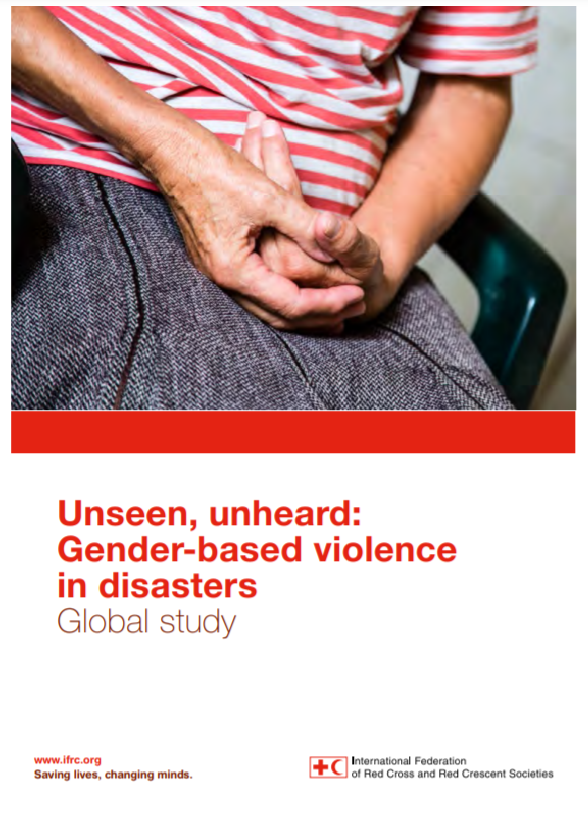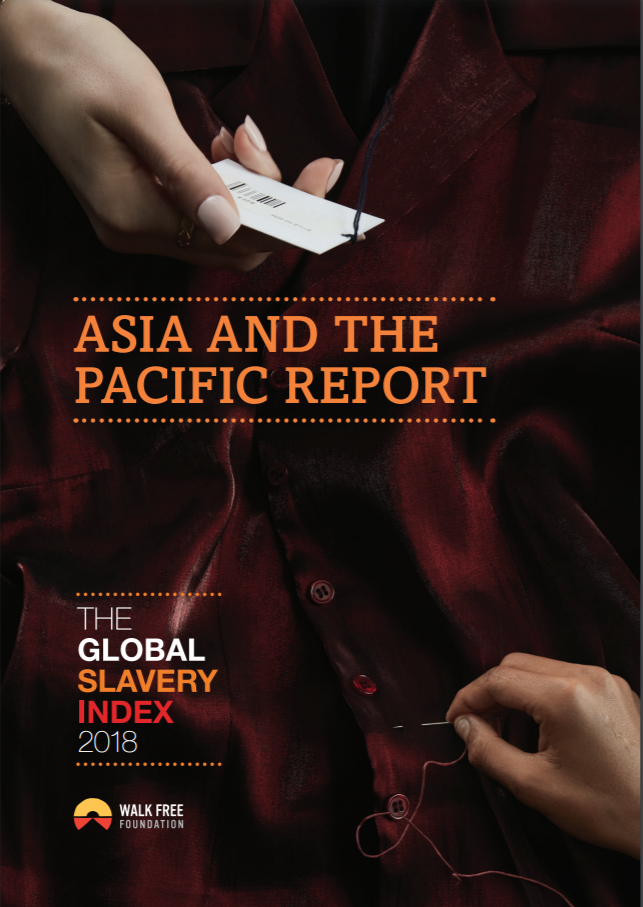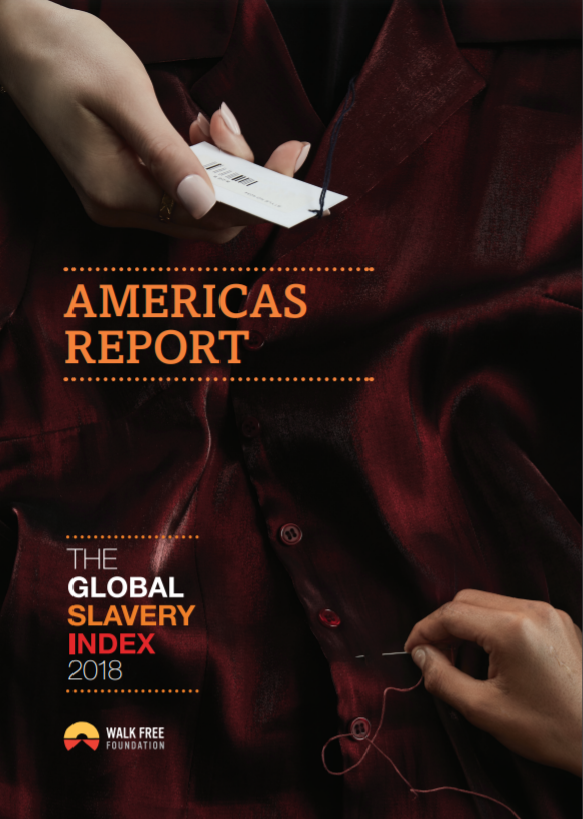Monitoring and Reporting Mechanism on Grave Violations Against Children in Situations of Armed Conflict

These Guidelines address implementation of the Monitoring and Reporting Mechanism (MRM) on grave violations against children in situations of armed conflict under Security Council Resolutions 1612 (2005), 1882 (2009), 1998 (2011) 2068 (2012), and 2143 (2014). They describe the purpose and focus of the mechanism; specify the leadership, roles and responsibilities of implementing actors, in particular UNICEF, peacekeeping and political missions and Resident/Humanitarian
Coordinator, and the MRM architecture and information flow; outline reporting requirements; and highlight the critical linkage of the MRM to response programming and advocacy. The MRM Guidelines are essential reading for co-chairs and members of the country task forces for monitoring and reporting, also known as CTFMRs.The MRM Field Manual, a companion publication to the Guidelines, is designed to serve as a comprehensive resource for practitioners responsible for implementing the MRM. The manual and its annexes cover in detail the technical aspects of monitoring and reporting practice, as well as
critical issues related to information management and security. The manual also covers the issue of response, to ensure that monitoring and reporting activity is underpinned by adequate programmes and services for victims of violations. The MRM is a living document, and both the Guidelines and the Field Manual will undergo periodic reviews under the auspices of the Global Task Force on Children Affected by Armed Conflict.
Country
Worldwide
Region
Worldwide
Year
2014
Topics
Category








